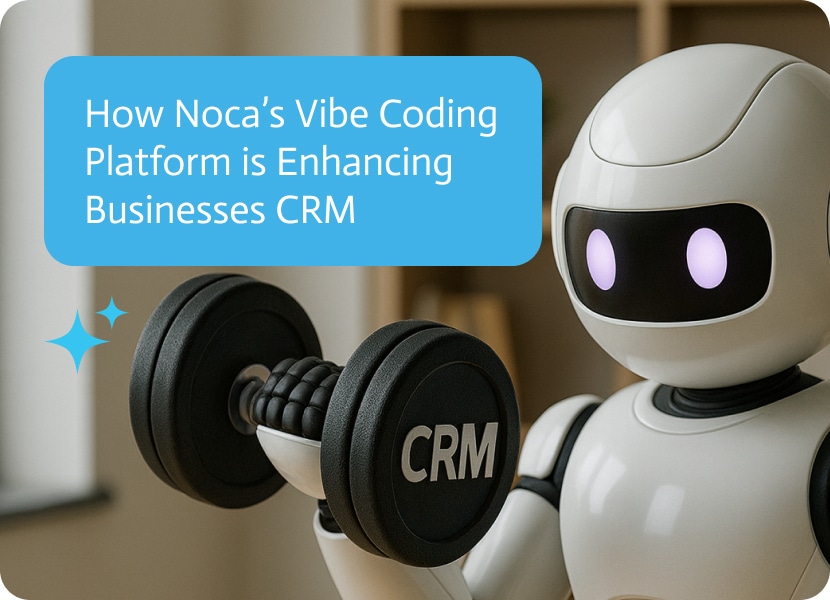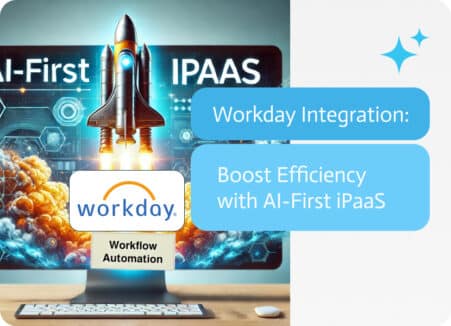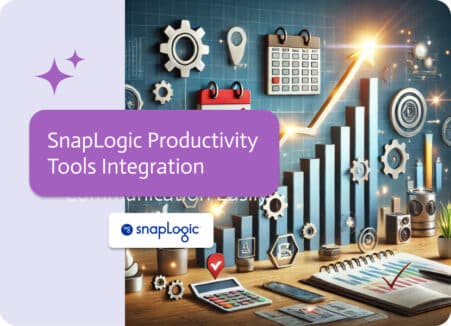

How Noca’s Vibe Coding Platform is Enhancing Businesses CRM
The customer relationship management (CRM) race has moved beyond gathering data, to rather, who can actually use it effectively. Traditional CRMs like Salesforce are powerful, but there is one universal flaw they all suffer from, clutter.
Too many dashboards, too many tabs, and too many “features” nobody ever really clicks. For teams that want a nimble and more focused solution, vibe coding, especially the way Noca approaches it, might be the answer.
Noca AI agents platform and vibe coding platform lets teams create frontend CRM-enhancing apps using nothing more than plain language. In practice, this means, a marketing team just says, “Build me a campaign dashboard that only shows leads from LinkedIn ads, with a real-time ROI tracker,” and minutes later, the app exists. No months of developer handoffs, no sprint meetings that drag on, and no budget overruns. Just an idea translated directly into a usable interface.
This means ideas become working apps faster, from concept to execution, apps that are purpose-built for one job, meaning development teams are free to divert their attention to the deeper, more innovative aspects of product design. Let’s look at why Noca’s vibe coding is such an easy way to change your CRM.
Build Custom CRM Applications From Idea to Prototype in Minutes
Traditional app development has always involved complicated steps: figuring out what you need, making mockups, seeking approvals, coding, testing, revisions, and deployment. Then, the tiniest change could stretch into weeks. Noca flips this entire process on its head.
With vibe coding, all it takes is a plain-language prompt. Instead of writing thousands of lines of code, a team member can describe exactly what they want:
- “Create a follow-up app that reminds and shows customers that have deals over $50,000.”
- “Make a simple mobile interface to log sales calls that syncs directly with Salesforce.”
- “Build a campaign tracker that compares email vs. social media performance.”
Noca then produces an app that works with your current CRM systems in minutes. This speed reduces time-to-market, enabling the launch and testing of new ideas with outstanding efficiency. It also means less risk, because if an idea flops, no one has wasted three months building it.
Purpose-Built Interfaces in Custom CRM Applications
The problem with most CRMs is that they try to be everything at once: lead manager, marketing automation hub, pipeline tracker, analytics engine, and customer service portal. This results in bloated, over-engineered interfaces where half the features are ignored.
Noca’s vibe coding allows teams to build apps that do one, specific job really well. Instead of giving sales reps a labyrinthine CRM with ten menus they’ll never use, managers can spin up:
- A deal tracker app focused only on high-priority accounts.
- A customer service ticket viewer designed for frontline agents.
- A marketing ROI dashboard with just the metrics executives care about.
With the removal of unnecessary noise, these apps reduce confusion, encourage people to use them, and provide each user with a customized CRM experience. Don’t think of it as replacing CRMs, but rather elevating them with more intuitive and simpler interfaces.
Integrating Custom CRM Applications With Native Systems
One of the biggest pain points in enterprise software is integration. Businesses don’t want standalone tools, they want systems that plug directly into native workflows. Noca understands this, which is why its vibe coding apps integrate effectively with CRMs other enterprise platforms.
This isn’t a “copy and paste your data somewhere else” scenario. Instead, apps connect directly to the source of truth in real time. Update a contact in Salesforce, and the change shows up instantly in the frontend app you built. Create a new deal in HubSpot, and it’s reflected without delay.
This level of native connectivity ensures there are no data gaps and every app created through vibe coding is enterprise-ready from day one.
Freeing Developers for High-Value Work
Contrary to the myth, vibe coding isn’t about replacing developers, it’s about liberating them. Traditionally, developers spend a significant amount of time writing the same code, setting up frameworks, and troubleshooting integrations. With AI automating this heavy lifting, developers can now divert their attention to other more productive areas:
- User experience design: crafting interfaces that are enjoyable and engaging.
- Product ideas: experimenting with new features instead of rewriting code
- Complex problem-solving: addressing scaling issues, security challenges, or advanced AI-driven functionality.
By leaving the grunt work to vibe coding, teams strike a balance between speed and craftsmanship. The business gets quick prototypes, while developers get the freedom to work on their more creative ideas.
Making App Development Easier for Everyone
Not every business has a large in-house development team. Some rely on small IT departments, contractors, or even “citizen developers” within their staff. Noca’s simple vibe coding makes app creation available to people who aren’t technically skilled.
A sales manager with zero coding know-how can make an app to track sales numbers each quarter. A marketing associate can build a new campaign reporting tool without ever touching SQL. This democratization means innovation can happen at every level of the organization, not just in the IT department.
For enterprises, it means quicker adaptation, more agility, and less dependence on service providers for small but critical customizations.
Quick Changes and Constant Improvements
Building apps in minutes means you can test and improve them just as quickly. Traditional CRM customizations often get stuck in long release cycles, and feedback comes slowly. With Noca.ai, iteration becomes effortless.
Launch a new app today, get user feedback tomorrow, then make changes and deploy by the end of the week. This superfast method ensures that CRM frontends aren’t just functional, they’re constantly enhanced through real-world use. Businesses build a collection of lightweight apps for specific purposes, together creating a CRM ecosystem refined for the organization’s needs.
Saving Money Without Sacrificing Quality
Speed and simplicity don’t just save time, they save money as well, thanks to the reduction in time spent coding from scratch, Noca drastically lowers development costs. Instead of allocating a large budget to build custom CRM enhancements, businesses are able to redirect resources toward strategy, training, and customer engagement.
At the same time, because the apps integrate easily with native CRMs, companies avoid the hidden costs of maintaining clunky middleware or patchwork solutions. The result is leaner development costs without losing capability or the ability to grow.
Security and Enterprise Readiness
A common worry when adding new tools into any CRM system is security. Noca is built with enterprise-grade safeguards, so that apps created with vibe coding respect data permissions, user roles, and compliance requirements. Since apps integrate natively with Salesforce, and other enterprise platforms, they use the security and management policies already in place.
That means access is only gained by authorized users, no duplicate data floating around, and no compliance headaches. Teams get the flexibility of no-code with the security of enterprise systems.
Real-World Use Cases of Custom CRM Applications
Here are some examples that bring the advantages into focus of how organizations can use Noca to enhance CRM frontends:
- Sales Teams: Create an app that highlights at-risk deals in the pipeline and automatically schedules follow-ups.
- Marketing Departments: Build campaign dashboards that show only the key numbers for each channel.
- Customer Service: Generate a ticket viewer app filtered by escalation status and by priority.
- Executives: Spin up a real-time revenue dashboard with simplified data visualization.
- Field Teams: Develop simple mobile apps for quick data entry and viewing on the go.
These examples show how every role in an organization can benefit from apps designed for their specific workflows.
CRM Chat: Conversational Interfaces for Smarter Customer Management
CRM chat brings the power of natural language conversation directly into customer relationship management. Instead of navigating dashboards, filtering reports, or clicking through multiple menus, employees can simply ask a CRM chat bot to pull up a customer profile, update a deal stage, or generate a sales report. These AI-powered conversational interfaces connect seamlessly with CRM systems like Salesforce or HubSpot, turning complex workflows into quick, actionable dialogue. Teams get faster insights, reduced errors, and the ability to act immediately—transforming CRMs from static databases into interactive, intelligent partners for sales, marketing, and customer service.
Final Thoughts on Custom CRM Applications for Businesses
AI app generation and no-code language app creation turn complex development into a fluid, rapid process that anyone can use. The advantages are clear:
- Faster time-to-market.
- Purpose-built interfaces for clutter reduction.
- Seamless integration with CRMs.
- Developers are freed to focus on innovation.
- Lower costs and broader accessibility.
When being quick and adapting to the marketplace are critical keys to competitive advantage, Noca.ai makes it accessible for teams to design their own CRM experiences. Instead of being locked into generic, one-size-fits-all software, businesses can finally enjoy CRM frontends that are as flexible and efficient as the businesses they serve.


